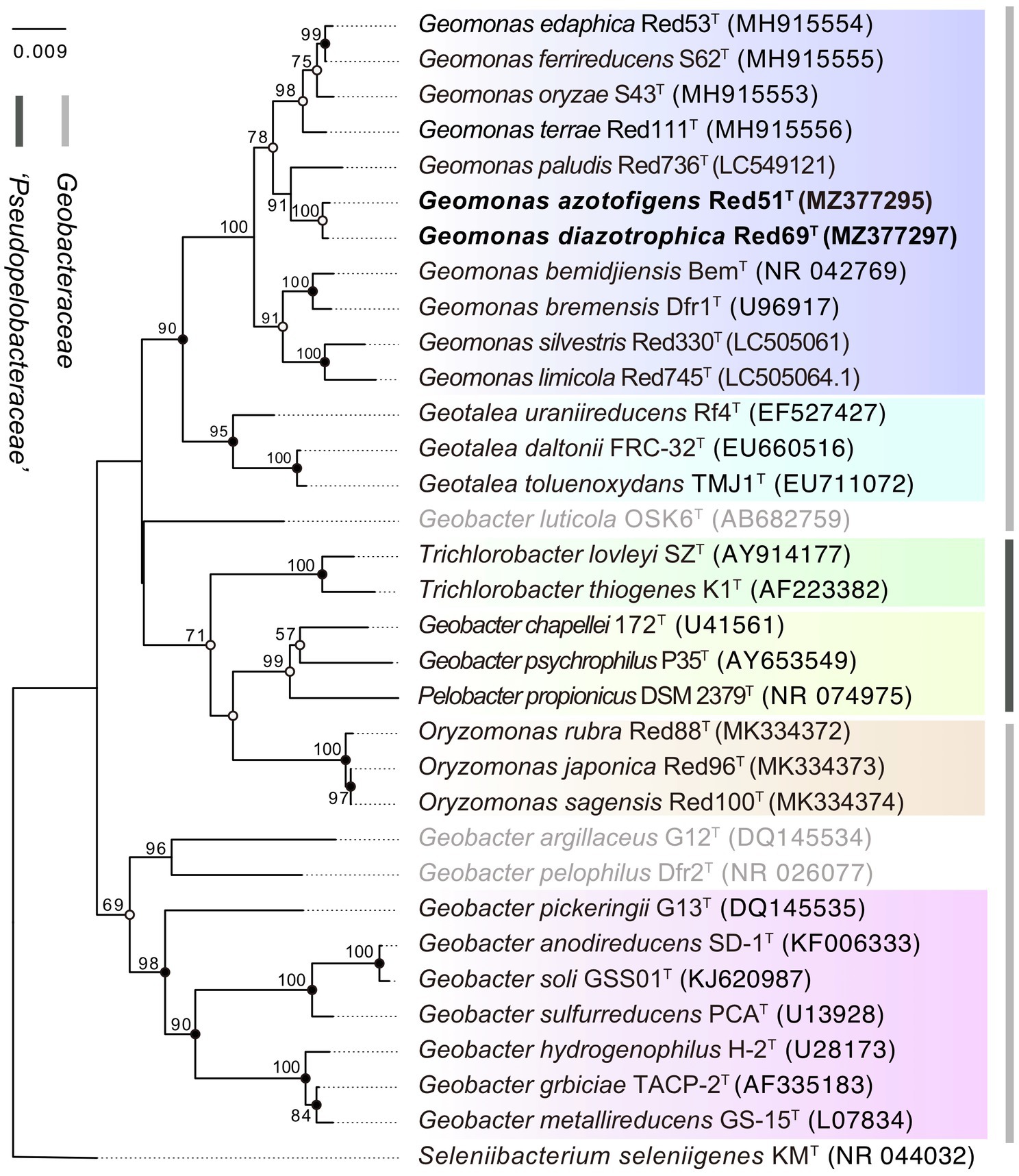

Read more about how to correctly acknowledge RSC content. Please go to the Copyright Clearance Center request page. In a third-party publication (excluding your thesis/dissertation for which permission is not required) If you want to reproduce the whole article If you are the author of this article, you do not need to request permission to reproduce figuresĪnd diagrams provided correct acknowledgement is given. Provided correct acknowledgement is given. If you are an author contributing to an RSC publication, you do not need to request permission
Gatech endnote product key software#
Software Project Management (Using Agile and Waterfall models) Able to gain. To request permission to reproduce material from this article, please go to the Optimised several Sales, Marketing, Operations and Customer Service solutions, hence the overall performance, adoption, and user experience increased by 75. Immobilization of molecular catalysts on solid supports via atomic layer deposition for chemical synthesis in sustainable solvents Catalyst characterization before and after ALD application and catalytic reaction is achieved with infrared, electron paramagnetic resonance, and X-ray spectroscopies. The catalyst chosen exhibits limited catalytic reactivity under homogeneous conditions due to extremely short catalyst lifetimes, but when heterogenized and immobilized with an optimal ALD layer thickness product yields >90% can be obtained in primarily aqueous solutions.

For this initial report, which is based upon the well-studied Suzuki carbon–carbon cross-coupling reaction, we demonstrate the ability to achieve catalytic performance using a non-noble metal molecular catalyst in high aqueous content solvents. Herein, we describe an approach in which molecular catalysts are first attached to a metal oxide support through acidic ligands and then “encapsulated” with a metal oxide layer via atomic layer deposition (ALD) to prevent molecular detachment from the surface. Previous strategies to heterogenize molecular catalysts via ligand-first binding to supports have suffered from reduced catalytic activity and leaching (loss) of catalyst, especially in environmentally friendly solvents like water. Heterogenizing these molecular catalysts, by attachment to a solid support, could transform the practical utility of molecular catalysts, simplify catalyst separation and recovery, and prevent catalyst decomposition by impeding bimolecular catalyst interactions.

This research has demonstrated that utilization of sustainable biopolymers as the raw materials for high performance supercapacitor electrode materials is an effective way to fabricate low-cost energy storage devices.Homogeneous molecular catalysts are valued for their reaction specificity but face challenges in manufacturing scale-up due to complexities in final product separation, catalyst recovery, and instability in the presence of water. The high energy storage ability of the hierarchical porous carbon was attributed to the specially designed pore structures, i.e., co-existence of the micropores and mesopores. The fabricated solid state supercapacitor displayed excellent capacitance retention of 93.9% over 5000 cycles. In order to evaluate the ability of the hierarchical porous carbon towards the supercapacitor electrode performance, solid state symmetric supercapacitors were assembled, and a comparable high specific capacitance of 142.1 F g −1 at a discharge current density of 0.5 A g −1 was demonstrated. Interestingly, it was observed that the specific surface area, the pore size and distribution of the hierarchical porous carbon were affected by the activation temperature.

Macro and mesoporous carbon was first prepared by carbonizing the freeze-dried bagasse aerogel consequently, microporous structure was created on the walls of the mesoporous carbon by chemical activation. This study demonstrates the fabrication and characterization of highly porous carbon aerogels by using bagasse as a raw material. Bagasse, the waste product from sugarcane that mainly contains cellulose derivatives, can be a promising candidate to manufacture supercapacitor electrode materials. Renewable, cost-effective and eco-friendly electrode materials have attracted much attention in the energy conversion and storage fields.


 0 kommentar(er)
0 kommentar(er)
